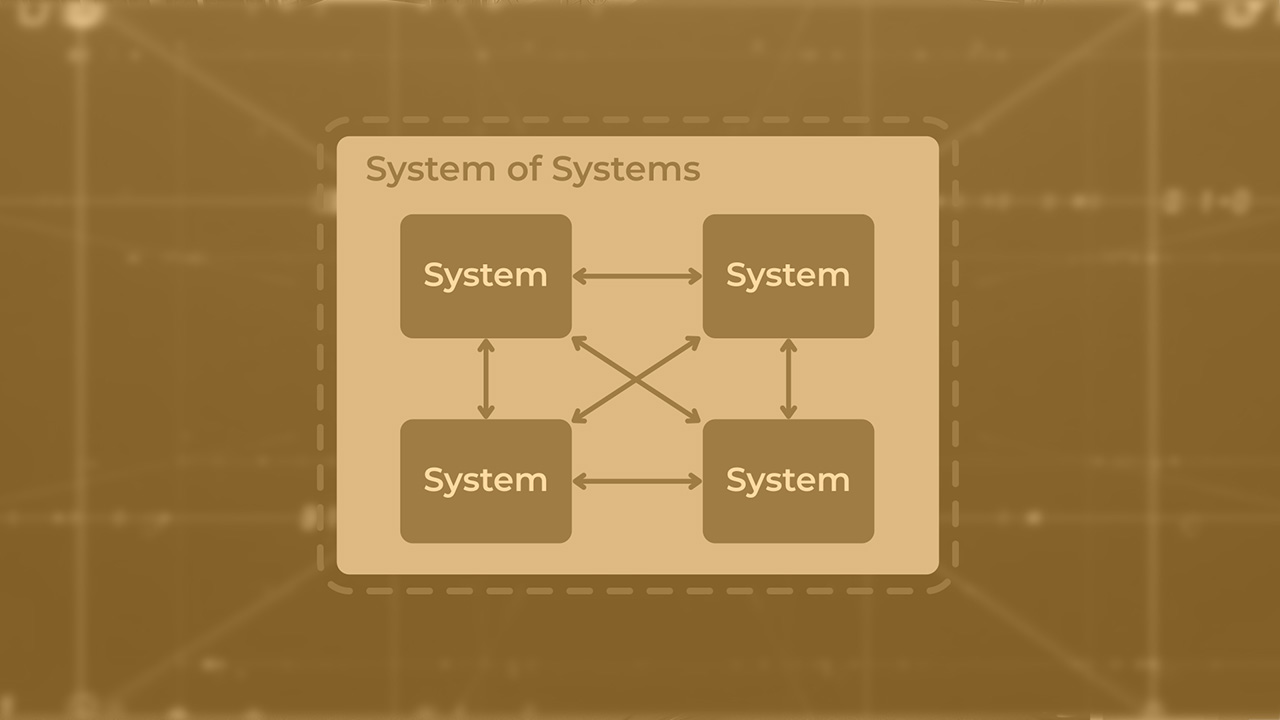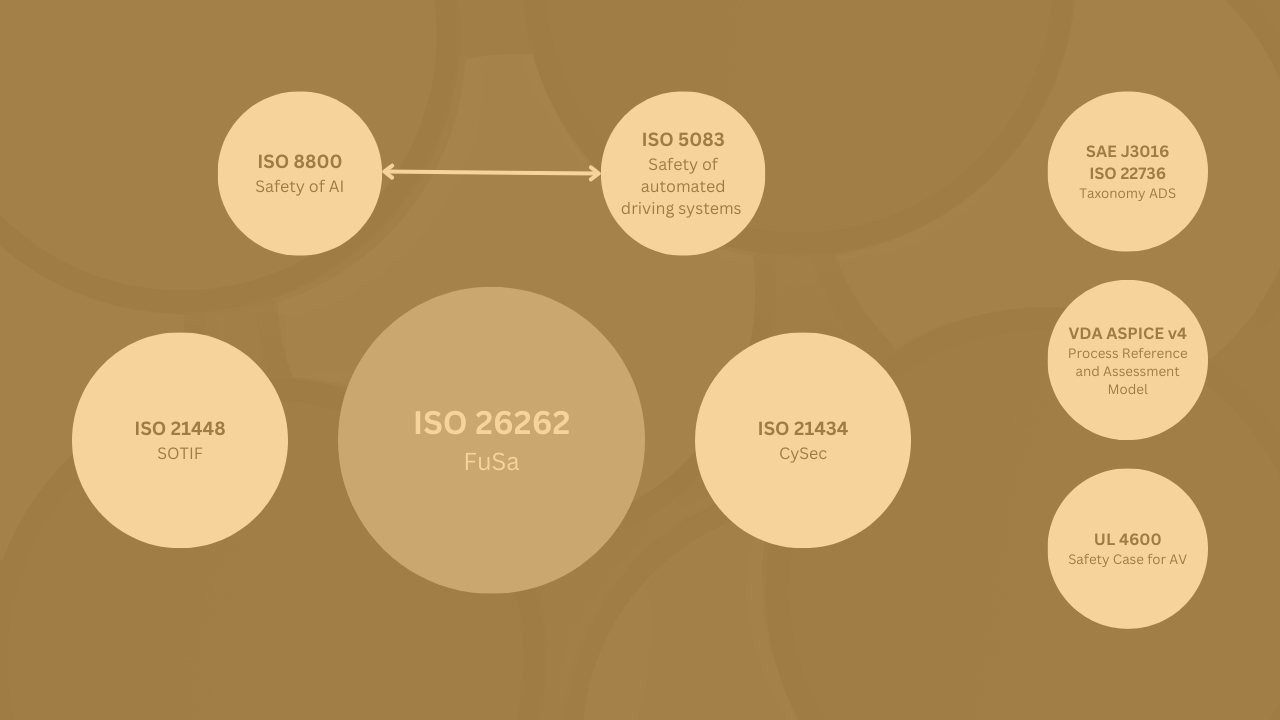Create your first functional safety concept and technical safety concept for a modern car.
The goal of the course is to give you helpful directions on how to design safety functions within safety-related systems in modern vehicles, with regard to system design and best practices. Central concepts are exercised to prevent and tolerate faults in the system domain and prepare a foundation for hardware and software domains. The focus is on understanding the applicability and limits of methods (formal and non-formal), with an emphasis on functional safety. Examples will be used to explain how specific techniques can be applied and implemented in order to fulfill safety requirements in practical vehicle subsystems. Finally, you will examine how the formal model-checking principles can be applied in order to guarantee the soundness and correctness of the technical safety concept and to avoid any safety pitfalls.
Course topics:
- Technical System Design
- Safety Analysis and avoidance of Systematic Failures
- Basics of Formal Methods
- Model Checking
- Basics of the model-driven system and software development using SysML and UML diagrams
- Applications of safety analysis in the models
Requirements
Hardware: Computer with Internet connection, working speakers, and microphone.
Software: Chrome browser.
Prior knowledge: Students should have basic knowledge of system safety, functional safety, and its application to automotive engineering in the scope of ISO 26262. At the very least, courses “NIT-FSBA-01: Systems, Functions and Safety” and “NIT-FSBA-05: Functional Safety Standards in Automotive” should have been completed beforehand.






